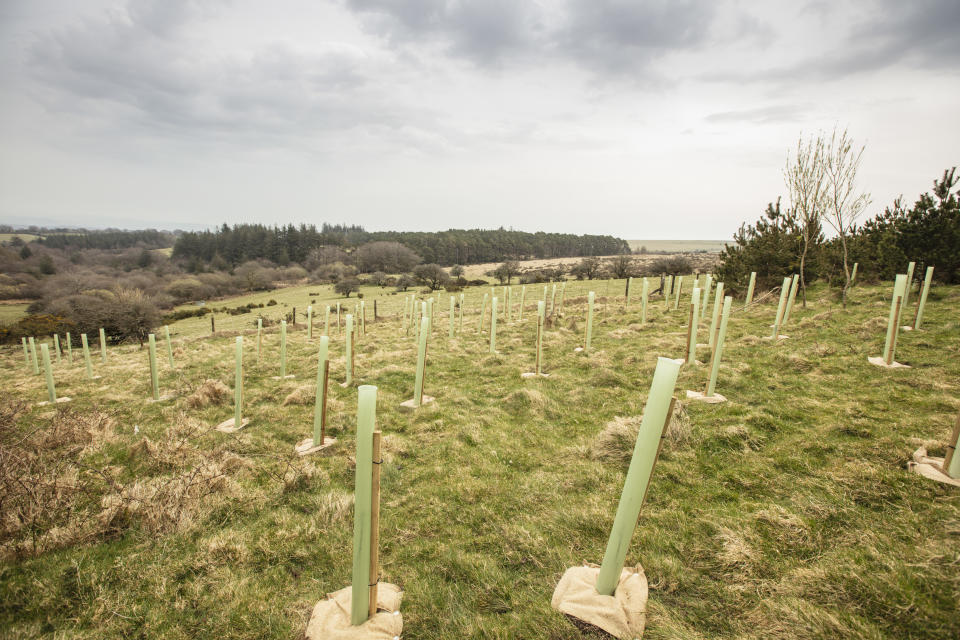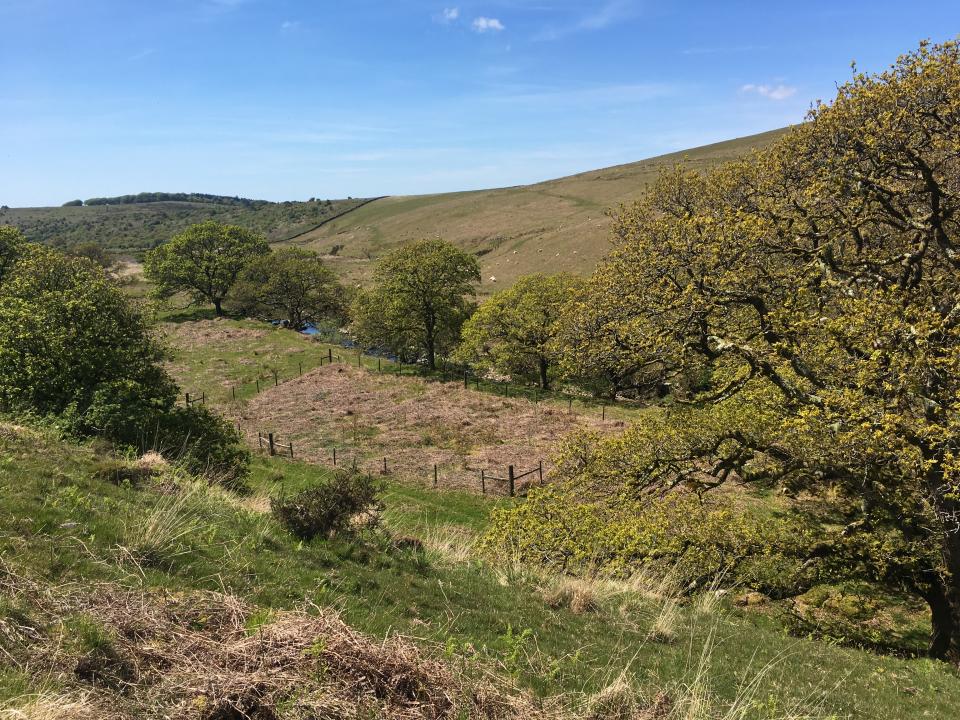Livestock can help reforestation process if managed carefully – research
The presence of grazing animals can be both a help and a hindrance to meeting the UK’s tree planting targets, new research has found.
A study by ecologists at the University of Plymouth found that there is no one-size-fits-all approach to managing livestock if Britain is to successfully re-plant its lost rainforests.
The UK’s upland coniferous and broadleaf woodlands, such as oak, are deemed “temperate rainforests” because of the volume of precipitation they receive each year.
The Government’s environmental policy is relying on trees to deliver a raft of natural solutions to the climate crisis, including carbon storage, a boost for biodiversity and flood mitigation.
In England, the Government plans to increase tree planting to 30,000 hectares per year by the end of the Parliament, spending £500 million between 2020 and 2025 to reach this goal.
But hundreds of thousands of trees are currently planted in plastic tree guards to protect them from browsing, which attract criticism for their visual impact and the litter problem they create.

Many environmental organisations are developing biodegradable alternatives, and in some cases planting without guards and accepting the loss of a proportion of their saplings.
But research conducted in oak forests on Dartmoor in Dorset found very few saplings survived on the grazed uplands, and those that did were stunted and unlikely to live beyond eight years old without extra protection.
In landscapes thick with bracken, the plants can protect sprouting oaks because they are toxic to livestock, but also undermine survival because the saplings are forced to compete for light.
Cattle or ponies browsing in these areas can trample down the ferns, helping to support the conditions for temperate rainforests to self-seed, the research found.
Natural regeneration of oak forests is currently limited to within 20 metres of the nearest adult tree, the study found, making it too slow a process for the UK’s environmental goals.
But the authors said “strategically targeted interventions” could increase tree cover, such as the selective planting of older saplings into certain vegetation to avoid relying on guards or fencing.

It revealed livestock grazing, particularly by cattle, at the edges of oak woodland can reduce dense and competitive vegetation and allow the forest to naturally expand.
Where saplings of between one and three years have successfully established, livestock should be excluded for at least 12 years to increase survival, the study’s authors said.
In degraded landscapes that need to rapidly increase tree cover, such as upland valley slopes, they recommended land managers be encouraged to implement a specific grazing strategy.
Dr Thomas Murphy, who led the research, said: “The planting of trees and an end to deforestation are increasingly being highlighted as low cost and environmentally sensitive mechanisms to combat climate change.
“These measures have been factored into the net-zero agendas of UK and other governments, with world leaders also pledging to address the issue during Cop26 in Glasgow last year.”

Dr Murphy continued: “Our findings, however, suggest the expansion of oak woodland into UK upland pasture systems is not a simple process.
“They may have a critical role to play, but these important temperate rainforests have been historically degraded and are now highly fragmented.
“Reversing that trend is likely to require strategic planting and informed livestock management.
“Getting this right, however, will warrant a delicate balancing act and close cooperation with a range of stakeholders, including particularly landowners and graziers, at a time when upland farms are facing severe financial pressures and there are ongoing changes in incentives.”

 Yahoo News
Yahoo News 
